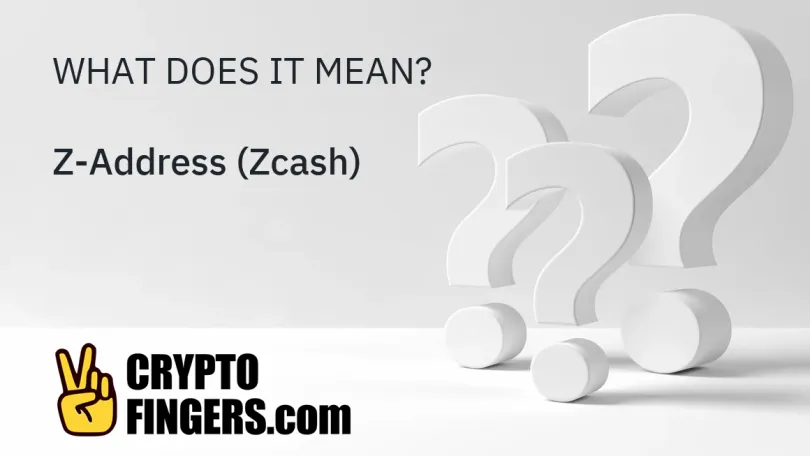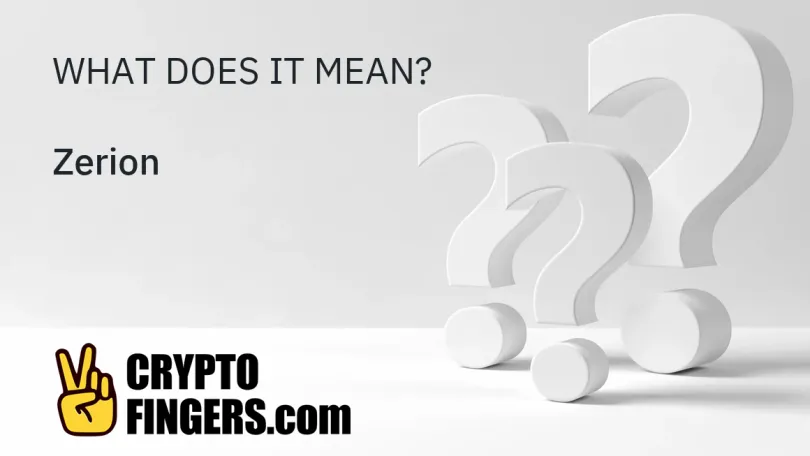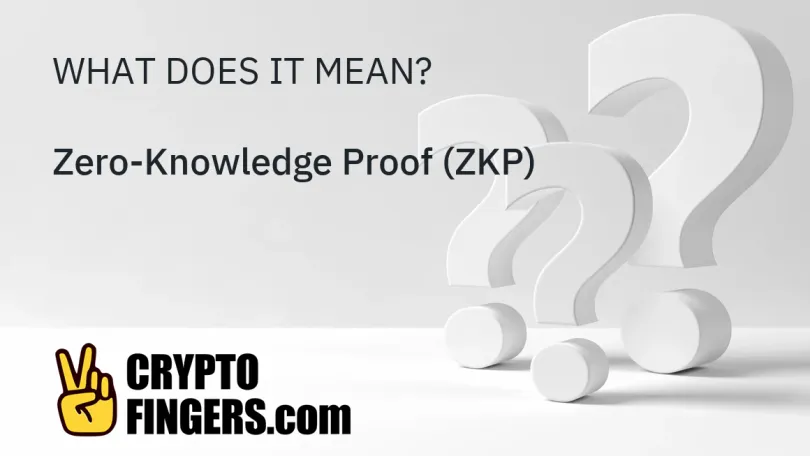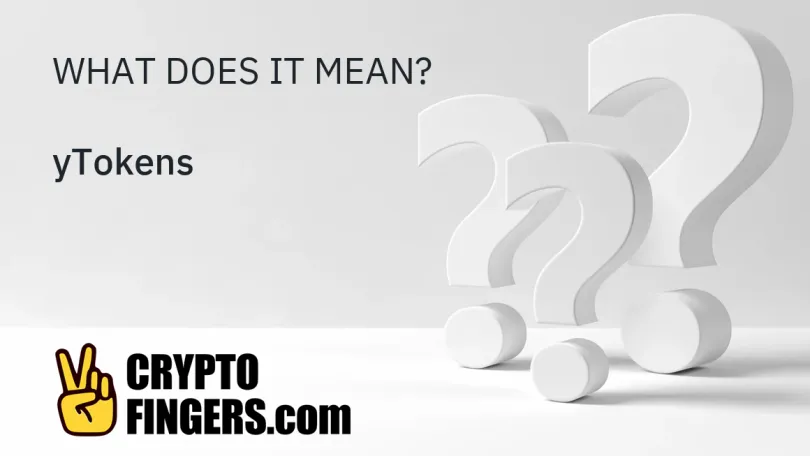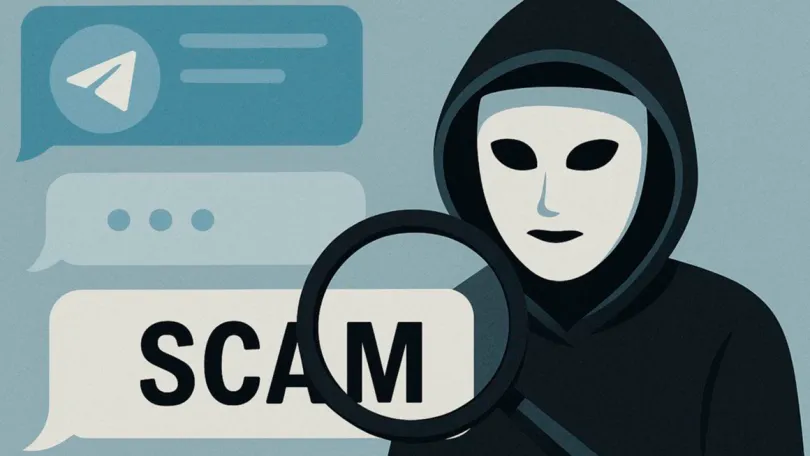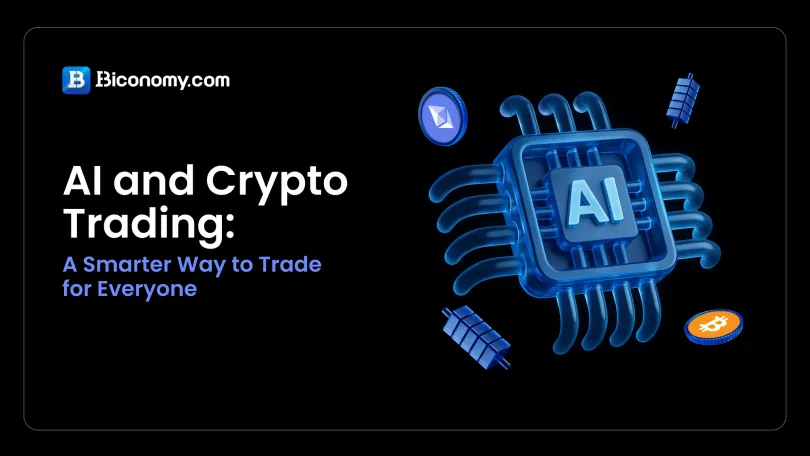
A state channel facilitates two-way communication between a blockchain and off-chain transactional channels using various mechanisms to improve overall transaction capacity and speed. A state channel does not require immediate miner involvement to validate the transaction. Instead, it is a network-adjacent resource that is sealed off by using a multi-signature or smart contract mechanism. When a transaction or batch of transactions is complete on a state channel, the final '"state"' of the '"channel"' and all its inherent transitions are recorded to the underlying blockchain. The Liquid Network, Celer, Bitcoin's Lightning Network, and Ethereum's Raiden Network are examples of state channels. In the trilemma trade-off, state channels sacrifice some degree of decentralization to achieve greater scalability.















